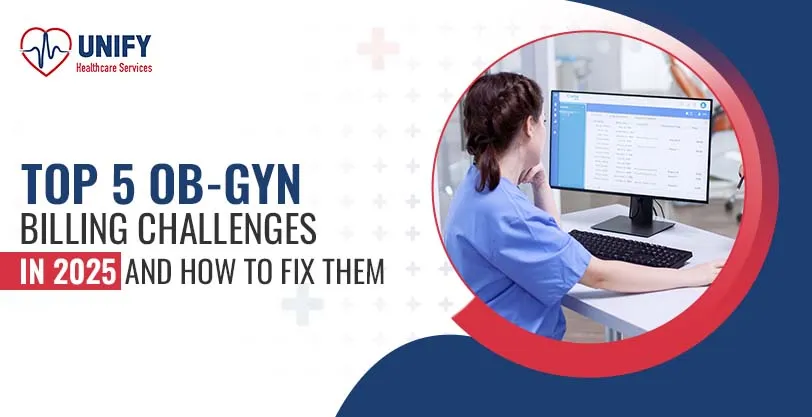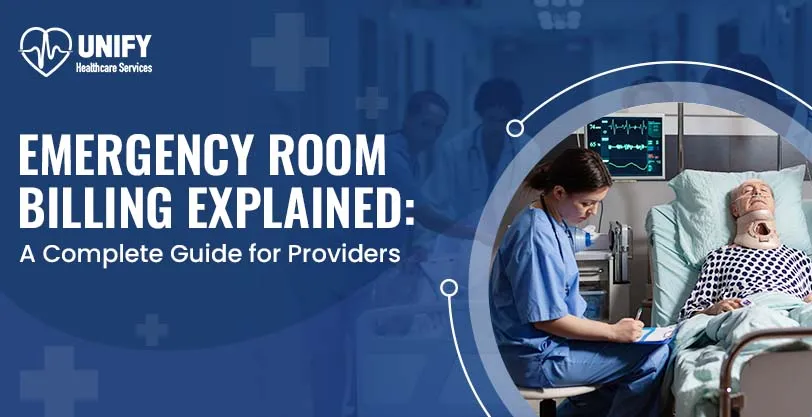Accounts receivable refer to the sum an organization must receive for the services they offer. This looks like a simple concept but in reality, it is full of complications and challenges. When it comes to medical billing, the complexities simply add up and make the process more complicated.
Accounts receivable in medical billing offers a critical link between providing the treatment and receiving payment. Especially in New Jersey the guidelines make it more complicated. In this blog, we will learn about the accounts receivable process, the steps involved and the types of AR.
Accounts Receivable Process
Accounts receivable is an asset on your balance sheet. It should be converted into cash as quickly as possible to maintain a positive cash flow. At a higher level, this process can be accomplished through invoicing and collections. This includes sending the invoice, managing collections, processing payments, matching payments to invoices and posting the payments.
Let's understand the step-by-step procedure of accounts receivable.
Step 1: Receive Order
A purchase order is an expression of the customer’s intent to buy your goods or services. After the purchase order is approved, a sales order is created highlighting the services being sold to the customer, the quantity, price, delivery date, delivery location and the discounts applied. This differs in terms of medical billing.
Step 2: Approve Credit
This is a major step needed to reduce exposure to bad debt and the creditworthiness of the customer. This process might be changed depending on whether the customer is an existing or a new client. However, the end result will either be credit approval or denial, or the arrangement of alternative payments.
Step 3: Send Invoices
Serving as a definitive record of purchase, the invoice includes the due payment, last date of submission along with other considerations like late payment fees and discounts. Invoices are delivered to the customer via email, electronic data exchange or regular mail.
Step 4: Manage Collections
This is one of the most dreaded accounts receivable activities where collections must be handled carefully. For example, if a payment is due, it is important to check internally if the invoice is error-free, if it was sent to the customer, and if any discounts detailed within the sales order are reflected within the invoice.
Step 5: Address Disputes
Sometimes human error is inevitable. It can be the reason for issues in payment process, issues with the goods or services provided, the discrepancies between proposal or invoice and communication issues. If there is a dispute, the customer must pay the portion of invoice that is not being disputed. This adds another layer of complexity in Accounts receivable.
Step 6: Write Off uncollectible Debt
Once all the outreach efforts have been used up, payments may be considered uncollectible. The decisions of whether the debt is uncollectable vary by industry, as well as the company’s internal financial policies.
Step 7: Process Payments
Efficient payment processing is important to ensure accurate financial records. You can offer multiple payment methods such as ACH, EFT, Wire Transfer, Debit Card, Credit Card, or cheques. You must also have appropriate tools to facilitate these methods.
Step 8: Manage Reporting
At the end of the month, the finance team reviews all the recorded transactions and transfers the closing balance of all general ledger accounts to a single report. This step gives information needed to create financial statements.
Now that we have learnt the steps of accounts receivable, let's learn the types of Accounts Receivable in medical billing.
Types of Accounts Receivable in Medical Billing
Accounts Receivable in medical billing refers to the outstanding payments due for healthcare providers. There are different types of accounts receivable in medical billing, each signifying a different stage of payment processing.
Let’s Look at Some Common Types of Accounts Receivable:
Current Accounts Receivable
The outstanding balances for services provided are included in the payment terms agreed with the insurance company. Generally, the due payments must be submitted within 30 to 60 days from the date of service.
Aging Accounts Receivable
Aging accounts receivable refers to the breakdown of current accounts receivable based on the length of time the balances were outstanding. Aging is categorized in different buckets like 30-60 days, 61-90 days and over 120 days. The older the account, the more challenging it becomes to collect payment.
Insurance Accounts Receivable
The outstanding balance due to the healthcare providers by insurance companies falls into this category. This includes the claims that have been submitted but are in the processing period or have been denied and need to be appealed.
Patient's Account Receivable
This category includes outstanding balances due by the patient’s end after the insurance claim has been processed. Patients are responsible for co-pays, deductibles and any remaining portion of the bill not covered by the insurance.
Self-pay Accounts Receivable
These are the unpaid balances due by the patient’s side who do not have insurance coverage or the patients who have decided to pay for the services out of their pocket.
Bad Debt Accounts Receivable
This type of accounts receivable represents unpaid balances that are considered uncollectible. This happens when a patient or insurance company is unable or unwilling to pay and collection efforts have been exhausted.
Contractual Adjustments
When healthcare providers have agreements with government programs and insurance companies, some amounts of the bills may be contractually adjusted. This means that the provider will accept lower payment than the standard fee schedule.
Denials & Appeals
These are the accounts receivable that involve claims that have been denied by insurance companies, and the provider is in the process of appealing the decision and seeking proper reimbursement.
Self-insurance Accounts Receivable
There are some cases where organizations insure their employee’s health coverage. Accounts receivable from self-insured entities reflect the amounts owed by the organizations for medical services provided to their employees.
How Can Outsourcing Help?
Considering the complexities of accounts receivable in medical billing, outsourcing comes up to be the best option for efficient management. Unify Healthcare Services offer an array of billing and coding services which can help you streamline your workflow and make your process more efficient.
If you are a healthcare provider in New Jersey, the complications increase significantly. This is why you must seek professional help for your accounts receivable. It is not difficult to find professional billing companies. Simply search “Medical Billing Services New Jersey” and you will find the top-ranking organizations in top searches.
Unify Healthcare Services can streamline your process and help you increase your revenue with a seamless workflow. We have a team of experts who are well versed with all the requirements of medical billing and coding. Our experts can take the load of all the additional tasks, so you have to focus only on providing medical care. We also make sure that you are always compliant with the latest guidelines and adherence policies, so you never have to worry about it.
At Unify Healthcare Services we believe that every practice should have access to a seamless cashflow. We do not provide just our services; we provide peace of mind.








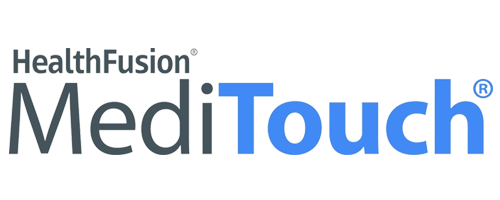

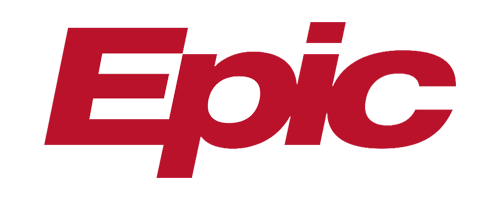

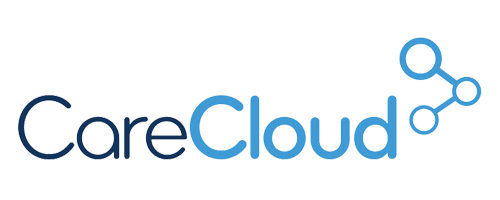
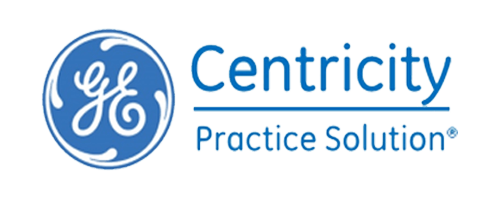
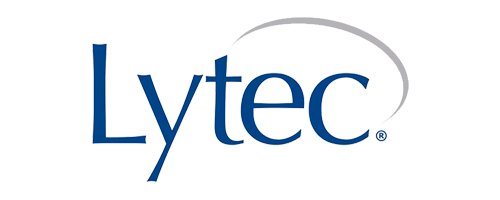

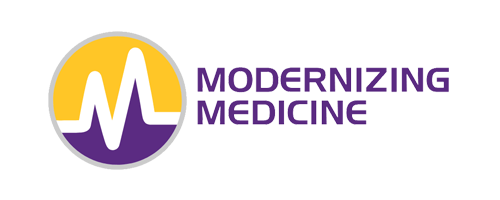

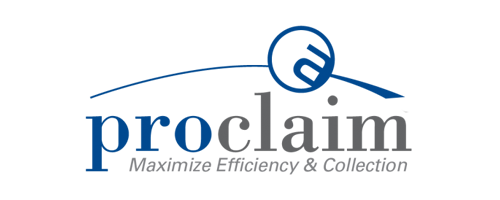

.webp)
.jpg)
